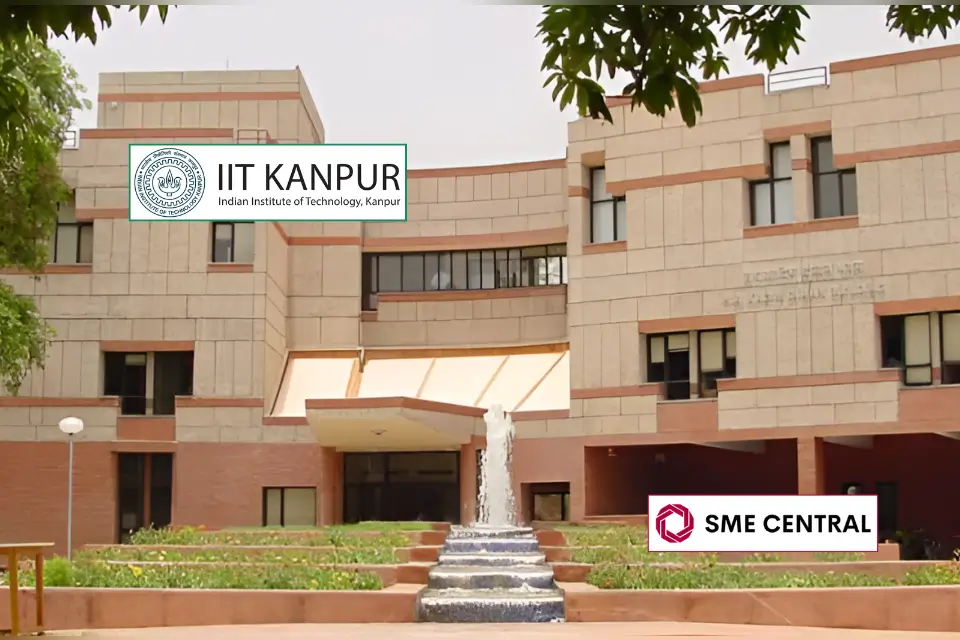In a development that could reshape the future of drug discovery, researchers at the Indian Institute of Technology Kanpur (IIT Kanpur) have unveiled a novel antibody-based biosensor capable of monitoring the activation of G protein-coupled receptors (GPCRs) in live cells. Given that GPCRs are the largest family of receptor proteins in human cells and the target of over one-third of all prescribed medicines, this innovation carries sweeping implications for both pharmaceutical research and market-driven therapeutic advancements.
Why GPCRs Matter
GPCRs act as the body’s signal transduction hubs, switching on vital physiological processes when triggered by stimuli such as hormones, small molecules, or even light. They are the molecular “gateways” through which numerous drugs—from cardiovascular medicines to psychiatric treatments—exert their effects. Yet, despite their prominence, studying GPCR activation within live cells has long posed significant technical hurdles.
IIT Kanpur Nanobody Biosensor: The Innovation
Led by Prof. Arun K. Shukla, a global authority in GPCR biology, the IIT Kanpur team engineered a nanobody biosensor that binds exclusively to GPCRs upon their activation and interaction with arrestins. This binding triggers an enzymatic reaction, producing a luminescent signal that allows researchers to track receptor activation in real time.
Unlike earlier methods, this sensor does not require genetic modification of GPCRs. As Prof. Shukla notes, “The beauty of this biosensor is that it does not require any modification of GPCRs, and still, it can report their activation by ligands. This opens up possibilities for imaging these receptors in disease contexts.”
This versatility means scientists can monitor GPCR signaling not only at the cell surface but also within sub-cellular compartments, providing deeper insights into the mechanics of drug action.
Strategic Collaboration and Global Relevance
The breakthrough emerged from a joint initiative with Prof. Josef Lazar’s lab at the Czech Academy of Sciences, Prague, under an Indo-Czech research partnership supported by India’s Department of Science and Technology (DST). The findings have been published in the prestigious journal Proceedings of the National Academy of Sciences (PNAS), USA, adding global recognition to IIT Kanpur’s growing stature in molecular biology.
Market and Industry Implications
For investors and pharmaceutical companies, the technology represents more than an academic success—it’s a potential platform shift in drug discovery. Traditional methods of studying GPCRs often required invasive modifications or lacked real-time accuracy, limiting their utility in translational research. This sensor opens the door to:
- Accelerated Drug Development: Real-time monitoring of GPCR activation could streamline pre-clinical trials and reduce R&D costs.
- Precision Medicine: By mapping GPCR activity across disease-specific contexts, drugs could be tailored more effectively to patient subgroups.
- Pharma-Biotech Collaborations: Companies investing in GPCR-targeted therapies (e.g., Novartis, Pfizer, GSK) may find partnerships with IIT Kanpur’s research group strategically valuable.
In a sector where time-to-market and reduced attrition rates can shift valuations by billions, this biosensor could influence not just science but stock market narratives around healthcare innovation.
Strengthening IIT Kanpur’s Research Footprint
This advance consolidates IIT Kanpur’s leadership in molecular and structural biology. With an interdisciplinary setup spanning 19 departments, 26 centers, and a robust international research network, the institute is carving a reputation as a hotbed for innovation with commercial and societal impact.
The Bigger Picture
From a market analysis perspective, biosensors like this could herald a new wave of biotech IPOs, pharma R&D investments, and cross-border collaborations. The Indo-Czech partnership underscores how global science ecosystems are aligning to push boundaries in drug discovery.
As Annu Dalal, a Ph.D. student and lead author, summarized: “The versatility of this sensor allows us to monitor the localization of GPCRs in different sub-cellular compartments, which in turn tells us about their downstream signaling mechanisms. This is an important development in understanding GPCR signaling for novel drug discovery.”
For investors, policymakers, and healthcare stakeholders, IIT Kanpur’s breakthrough signals more than scientific achievement—it’s a strategic milestone with transformative potential for global healthcare innovation.

